JournalismPakistan.com | Published November 26, 2012
Join our WhatsApp channel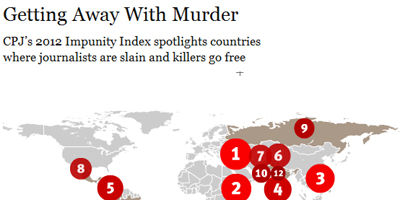
Taking stock of the distressing reality of impunity in the region, the South Asia Media Solidarity Network (SAMSN) says Pakistan’s impunity rating has increased rapidly and without break for the last four years.
Journalists in South Asia consistently face threats, intimidation and violence, and in extreme (though disturbingly common) cases, murder.
Five of the eight South Asian countries feature among the 12 with the worst record in failing to bring to justice the killers of journalists, according to the Impunity Index compiled by the Committee to Protect Journalists.
The same compilation of data the previous year had an even more dismal story to tell: seven of the eight countries of South Asia featured in this list then.
In many ways, Pakistan’s status as one of the central staging posts of a global war has contributed to this rapid deterioration. Among the most traumatic events in recent times was the abduction and murder of the investigative journalist Saleem Shahzad in May 2011.
This was also in many ways a key turning point for the struggle against impunity since Pakistan Federal Union of Journalists (PFUJ) and other professional groups mounted an agitation in its immediate aftermath to secure the appointment of a judicial commission of inquiry.
SAMSN said the inquiry report, submitted in January 2012, observes how deeply traumatic the incident was. It was not just Shahzad’s family and the community of journalists that was left “in a state of shock”, but also “the public at large”, since the “net of suspicion was cast, amongst others, on institutions of the state itself”.
On the basis of its extensive interviews and investigations, the Justice Mian Saqib Nisar Commission concluded that “in all probability, the background of this incident is provided by the War on Terror”. This conclusion is warranted by the fact that as an “investigative reporter, Saleem’s writings probably did, and certainly could have, drawn the ire of all the various belligerents in the War on Terror – the Pakistani state, the non-state actors such as the Taliban and al-Qaida, and foreign actors”.
Though the Nisar Commission failed to identify the agency responsible for Shahzad’s killing, its inquiries were valuable in highlighting how complex the struggle against impunity is likely to be.
The widespread sense of shock that followed Shahzad’s killing has not however, led to any material improvement in conditions for journalists. The International Federation of Journalists (IFJ) record shows that in the 18 months that have followed, no fewer than nine journalists have died in violent circumstances, mostly victims of targeted killings.
The province of Balochistan, in the grip of an insurgency by elements seeking independence from the Pakistan federal government, has been an especially hazardous terrain, SAMSN said.
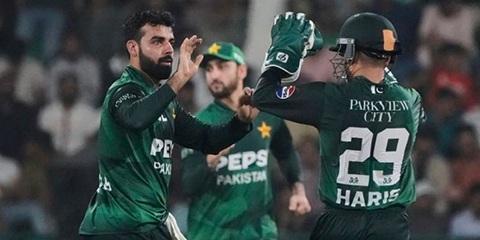
June 11, 2025: Pakistan celebrated a narrow win over Bangladesh, but beneath the jubilation lies a deeper crisis—from sidelined veterans to a collapsing domestic structure—signaling an urgent need for cricket reform.
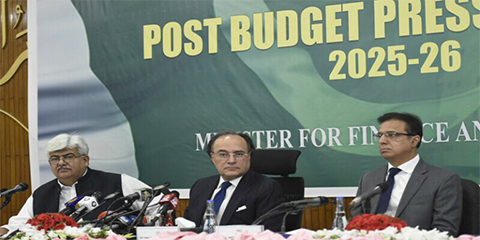
June 11, 2025: Journalists walked out of the post-budget press conference in Islamabad to protest the absence of a technical briefing and the government's dismissive behavior, calling it unacceptable and intolerable.
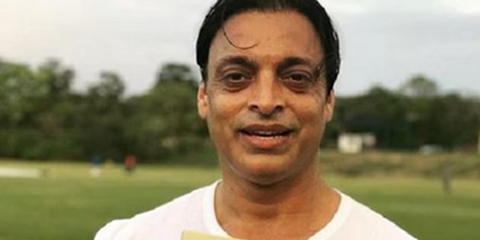
May 31, 2025: Dr. Nauman Niaz has issued a defamation notice to Shoaib Akhtar over derogatory remarks made during a recent broadcast, reigniting a longstanding media feud between the two prominent figures in Pakistan.

May 30, 2025: The Human Rights Commission of Pakistan has demanded the full repeal of PECA, citing its vague language, coercive powers, and threats to free speech and digital rights in Pakistan.
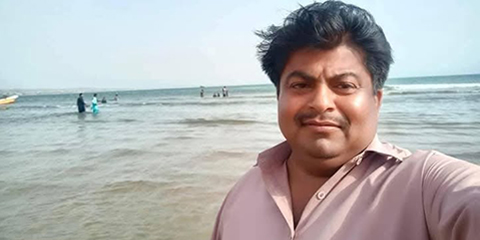
May 30, 2025: The Pakistan Federal Union of Journalists (PFUJ) has condemned the murder of journalist Syed Mohammed Shah in Jacobabad, calling for urgent justice and improved safety for media professionals in Sindh.

May 26, 2025: In Rawalpindi, police allegedly side with Jang Group to block 66 reinstated employees from resuming work despite court orders, drawing sharp criticism from unions and press freedom advocates.

May 25, 2025: PFUJ condemns the Jang Group's decision to dismiss over 80 employees in Rawalpindi, calling it an 'economic massacre.' The union warns of nationwide protests if workers are not reinstated.
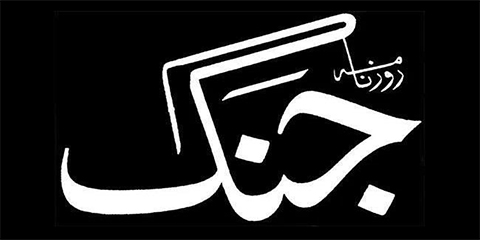
May 25, 2025: Daily Jang Rawalpindi has terminated over 80 employees, including female staff, despite multiple court rulings in their favor—raising concerns over labor rights violations and misuse of authority in Pakistani media.
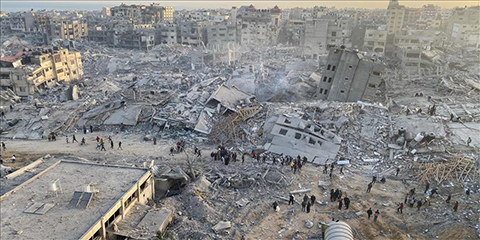
May 19, 2025 PJS reports 219 Palestinian journalists killed in Israeli attacks since October 7, with 30 women among the victims. Over 430 were injured and 685 family members were killed. Read more on the systematic targeting of media in Gaza.

May 15, 2025 Discover the legacy of Samiullah Khan, Pakistan’s legendary "Flying Horse," whose breathtaking speed and artistry redefined hockey. From Olympic glory to World Cup triumphs, his story is one of myth, movement, and magic.
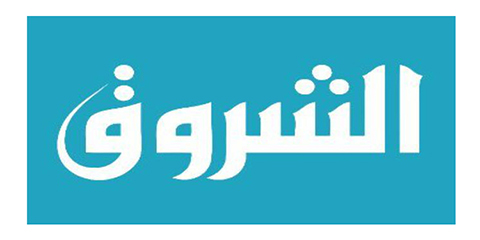
May 04, 2025 Algerian authorities suspend Echorouk News TV for 10 days after it used a racist slur against African migrants. ANIRA demands an apology, calling it a violation of human dignity.

May 04, 2025 NCHR and MMfD launch a journalism fellowship to train reporters on digital rights & gender inclusion in Pakistan. Supported by UNESCO, this initiative aims to bridge the gender digital divide. Apply by May 15, 2025!
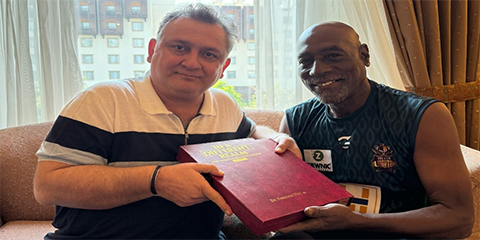
April 23, 2025 Discover Dr. Nauman Niaz’s In A Different Realm: Story of Quadruple & Triple Centuries 1876–2025, a profound exploration of cricket's most monumental innings, blending historical analysis with poetic narrative.